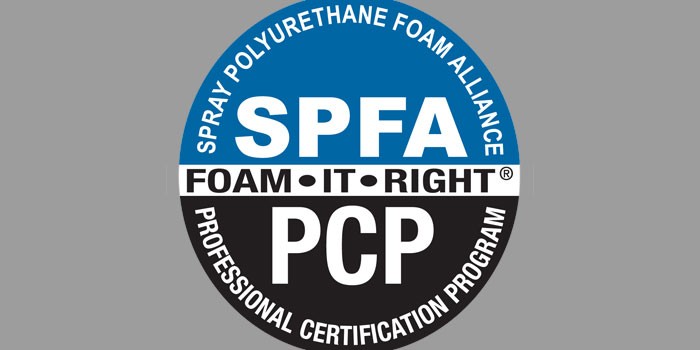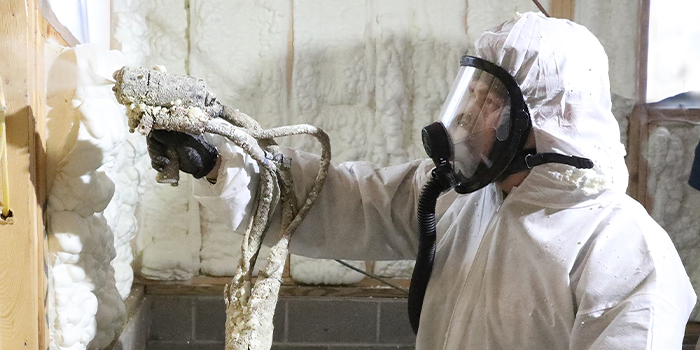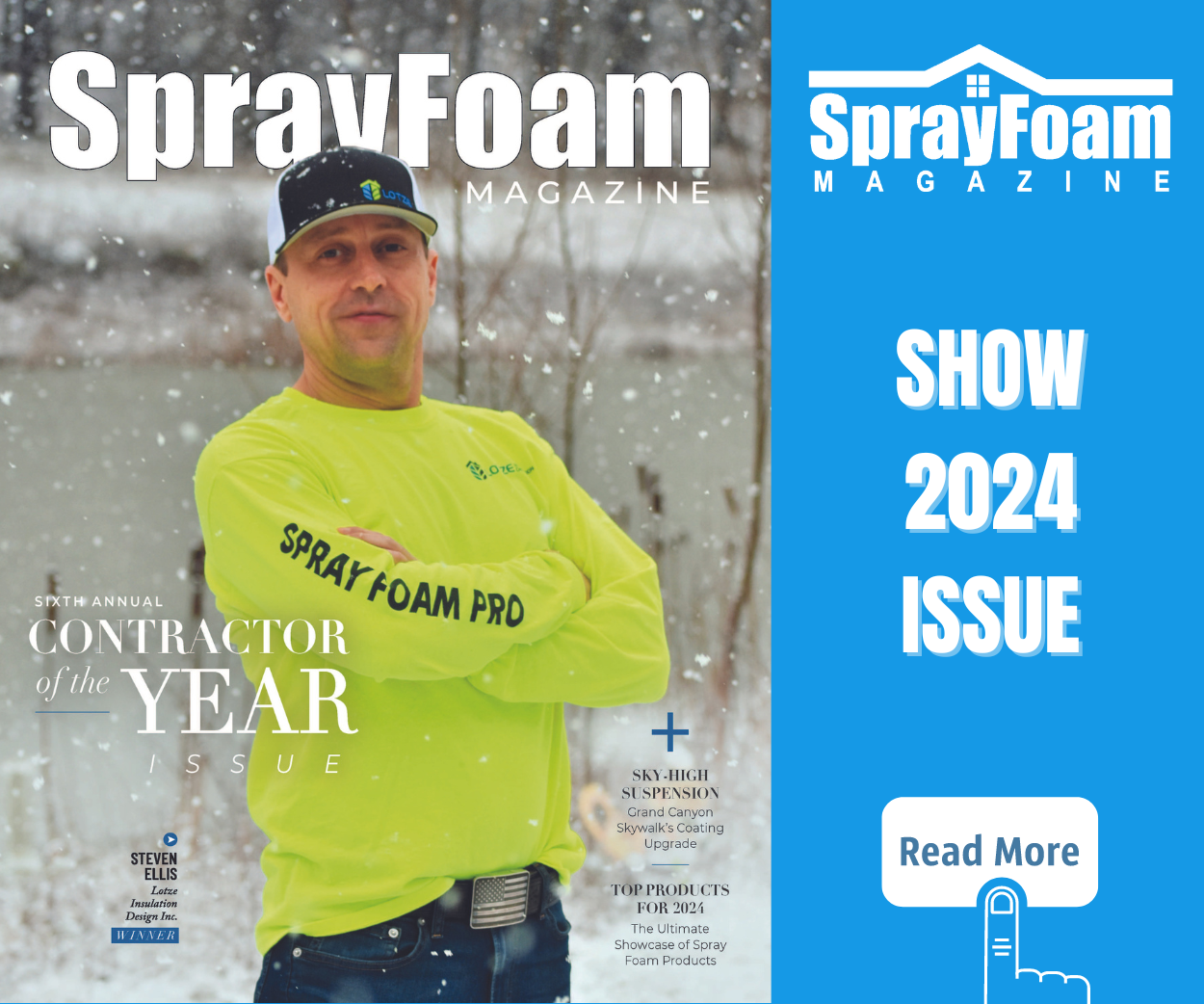Spray Polyurethane Foam Alliance Publishes Updates to ISO-Compliant Life Cycle Assessment and Environmental Product Declarations for Spray Polyurethane Foam

Fairfax, VA (November 6, 2018) – The Spray Polyurethane Foam Alliance (SPFA), the educational and technical resource to the Spray Polyurethane Foam (SPF) industry, today announced the completion of a 5-year update to its ISO-compliant Life Cycle Assessment (LCA) and Environmental Product Declaration (EPD) for three generic Spray Polyurethane Foam product formulations that include open-cell, closed-cell and roofing foams. Completed in conjunction with thinkstep (formerly PE International), the 2018 updates also include a fourth product type: low-pressure two-component closed-cell insulation and sealant foams. Additionally, two, rather than one, separate EPDs have been published, aligning with the Spray Polyurethane Foam industry’s move toward the integration of blowing agents with low Global Warming Potential (GWP)
“In 2013, SPFA was the first trade association to develop and publish an industry-wide, ISO-compliant Life Cycle Assessment and Environmental Product Declaration for Spray Polyurethane Foam,” said Rick Duncan, technical director of the Spray Polyurethane Foam Alliance. “This current update is key for the industry as it both brings our LCA and EPDs current and addresses a major shift within our industry toward more environmentally sound blowing agents, which dramatically reduce negative impacts to the Earth and climate.”
Working in conjunction with thinkstep, and their GaBI database, the SPFA’s initial 2013 LCA project effort included SPF products in three categories: open-cell low-density insulation, closed-cell medium-density insulation, and roofing foams. Current updates completed by SPFA and thinkstep align with ISO requirements and include the mandatory 5-year update to the LCA and EPD documents. This update, compliant with the new 2018 Insulation Product Category Rule (PCR), includes the original product types, as well as some new additions including the fourth product type representing low-pressure two-component closed-cell insulation and sealant foams.
In addition, as the industry transitions to low-GWP blowing agents, two separate EPDs have been completed. One EPD includes HFC-based blowing agents for closed-cell foams, while the second EPD includes HFO-based (low-GWP) blowing agents. Compliant with the new PCR requirements, an appendix in each EPD will include a list of participating manufacturers and applicable products.
The EPDs, which utilize the results of the LCA, allow spray polyurethane foam contractors to assist sustainable building designers in obtaining proper credit among leading sustainable building programs for spray foam insulation and roofing materials use. These programs include the US Green Building Council’s LEED4 program, the International Green Construction Code, and GreenGlobes, to name a few. For example, the current LEED4 program enables a building design to earn ¼ point for using products that have an LCA; ½ point for products with a generic EPD (such as the one from SPFA), and 1 point for products using a product-specific EPD from a material supplier.
The EPDs can also be used as general supporting information for customers wanting to use ‘green’ products.
Both the newly updated LCA, as well as the original LCA report, are available on the SPFA website. The first new EPD including open-cell SPF and closed-cell, roofing and low-pressure SPF using HFC blowing agents can be found at https://www.astm.org/CERTIFICATION/DOCS/414.EPD_for_SPFA-EPD-20181029-HFC.pdf. The second new EPD including open-cell SPF and closed-cell, roofing and low-pressure SPF using low-GWP HFO blowing agents can be found at https://www.astm.org/CERTIFICATION/DOCS/415.EPD_for_SPFA-EPD-20181029-HFO.pdf.
Disqus website name not provided.










































